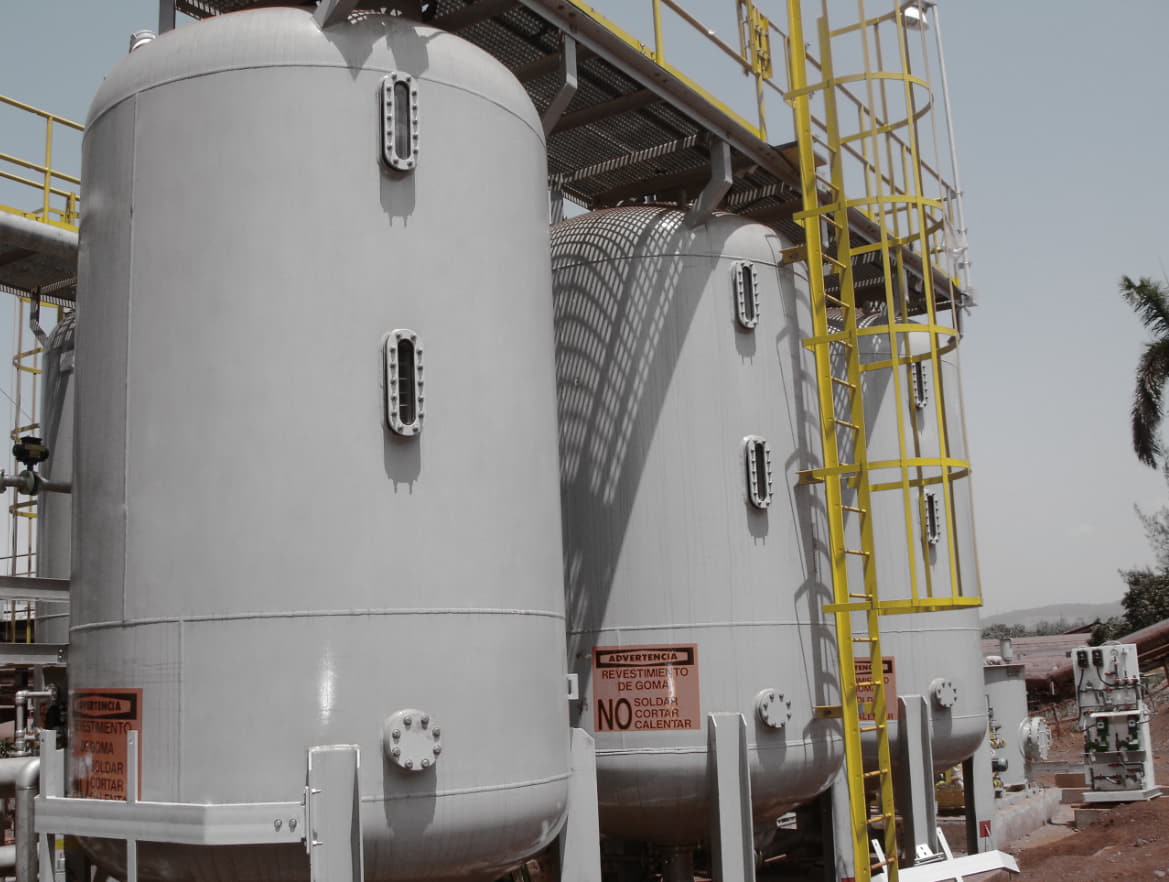How Ion Exchange Plants Improve Water Treatment?

Water treatment is an essential process that ensures access to clean and safe drinking water. One of the most effective ways to rid water of contaminants is the ion exchange process. This method has seen a significant rise in its application, thanks largely to the effectiveness of ion exchange plants.
Understanding the Ion Exchange Process
It is a process of water treatment that involves removing undesirable ionic contaminants from the water by exchanging them with other ionic species. This process is carried out using specially designed ion exchange resins. These resins are tiny beads, usually of a plastic material, that have a high affinity for certain ions. When water passes through a bed of these resins, the undesirable ions in the water are attracted to the resin beads and stick to them, while the resin releases other, less harmful ions back into the water.
The Role of Ion Exchange Plants
These plants play a critical part in this process. They house the electrostatic resins and manage the water flow through them. The plants are designed to ensure that the treated water targets will be met under all conditions. The optimal size of the system means you only pay for what you need, and the most suitable electrostatic resins are selected for each specific application.
The benefits of using these plants extend beyond just cost-effectiveness. They contribute significantly to improving water quality and meeting various industrial needs.
The Intersection of Ion Exchange and Reagent Plants
Reagent plants hold a unique position in the vast landscape of water treatment technologies. They are primarily used to introduce chemical reagents into the water to facilitate the removal of contaminants. Interestingly, there’s an intersection where these plants meet electrostatic mechanisms.
These plants can work in tandem with electrolysis systems. While electron exchange plants focus on swapping harmful ions with less harmful ones, these plants introduce chemicals that can further neutralize or eliminate contaminants. This synergistic approach enhances overall water purification efficacy.
Ion Exchange Technology: A Future-forward Solution
The future of water treatment lies in innovative and efficient solutions like the mentioned electron exchange technology. These systems provide a highly effective way of removing dissolved and ionized impurities in water. As our need for clean water continues to grow, so too will our reliance on advanced water treatment methods such as those offered by electrochemical plants.
Conclusion
Ion exchange plants are undeniably a game-changer in the realm of water treatment. They offer an efficient and cost-effective solution to remove contaminants and improve water quality. With the added assistance of reagent plants, the effectiveness of the electrolysis process can be significantly enhanced.
Copyright © Rain Stone LLC All Rights Reserved